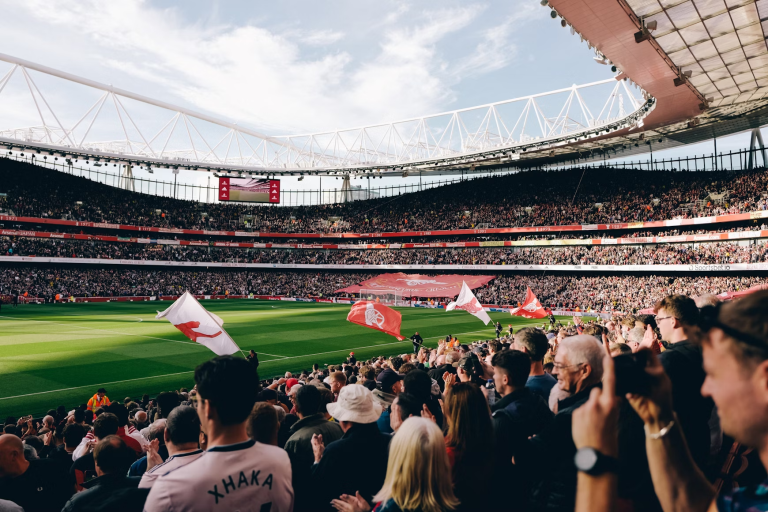In the realm of global football, two leagues that consistently capture the imagination of fans are the English Premier League (EPL) and Major League Soccer (MLS) in the United States. Despite sharing a core sport, the two leagues differ remarkably in structure, popularity, and playing style. This article dives into these differences and offers insights into what fans can expect from each league.
The Name Game: Football vs. Soccer
In the UK, the term ‘football’ is sacrosanct and steeped in tradition, symbolizing more than just a sport but a cultural heritage that dates back over a century. The term evokes passionate local derbies and historical rivalries that are integral to community identities across the country.
Conversely, across the Atlantic, ‘soccer’ distinguishes the sport from American football, a necessary differentiation given the latter’s deep-rooted popularity in the United States. This terminology reflects not only a linguistic adaptation but also the younger status of soccer in American sports culture, where it competes with major leagues like the NFL, NBA, and MLB for audience and attention.
This difference in nomenclature is a clear marker of the distinct paths the sport has taken in these two regions, influencing everything from media coverage to fan engagement and league operations. Thus, while both terms refer to the same sport, they evoke vastly different histories, emotions, and cultural contexts, underscoring the broader contrasts between the Premier League and MLS.
Style and Structure
High-intensity action, tactical subtlety, and an unrelenting schedule that provides no breaks are characteristics of the Premier League. As teams battle to avoid falling to a lower division, the league’s promotion and relegation system adds an element of existential drama toward the end of the season.
MLS, on the other hand, emphasizes physicality heavily and has a more diverse pace. In a framework modeled after North American sports leagues, MLS teams compete for playoff spots without relegation, adding a sense of excitement at the end of the season that is lacking in the Premier League’s round-robin system.
Popularity and Reach
The Premier League stands as a titan in global sports, with a viewership in the billions and a robust financial model bolstered by massive TV deals and sponsorships. The average attendance for Premier League games far outstrips that of MLS, reflecting its deep-rooted fan base and the larger capacity of its stadiums.
In contrast, MLS, while growing, still lags in terms of broad popularity and media revenue but is on a steady climb, recently breaking into the top 10 of the strongest leagues globally due to strategic expansion and the allure of international stars like Lionel Messi. This burgeoning interest has expanded into new forms of fan engagement, such as soccer parlay bets, which are gaining popularity among MLS viewers, offering a novel way to participate in the sport’s excitement from afar. This not only enhances the viewing experience but also potentially introduces the sport to a wider audience, indicating a promising avenue for growth in both viewership and fan interaction.
Financial Play
Financial disparities are stark; the Premier League’s immense television deals and higher gate receipts per match reflect a mature market. This financial prowess is further amplified by the massive global betting market, particularly through avenues such as Premier League betting, which draws in millions in wagers each season, adding a complex layer of engagement for fans and a significant revenue stream.
On the other side, MLS has seen a significant infusion of investment and interest, notably with the recent Apple TV deal intended to boost viewership and reach on a global scale. The growth trajectory for MLS is promising, yet it operates on a financial scale several magnitudes smaller than the Premier League, which continues to benefit from established financial structures and broader market penetration.
Conclusion
While the Premier League continues to dominate the global football scene in terms of intensity, style, and financial muscle, MLS is carving out its niche with unique structural elements and an expanding international profile. For fans, this means a rich diversity in viewing options—whether one seeks the high stakes and polished play of the Premier League or the dynamic and evolving landscape of MLS. As both leagues continue to grow, they contribute uniquely to the rich and diverse tapestry that is global football.


